[Op-Ed] Island Region of Colombia: Besieged by Dutch Sailors, Spanish Colonists, and English Pirates, Now Cultural Territory of the Raizales
The insular region of Colombia is made up of the islands of San Andrés, Providencia and Santa Catalina, which occupy a total area of 52.2 km².
MORE IN THIS SECTION
The insular region of Colombia is made up of the islands of San Andrés, Providencia and Santa Catalina, which occupy a total area of 52.2 km². The island population called the “Raizal Group” is of African origin, with Protestant religious beliefs and Anglo-North American traditions. They speak Caribbean English and Creole with an English lexical base but originating from African Akan.
Creole is defended by the Raizal population as their own language rooted in their autonomy, history and legacy of resistance. They resisted being absorbed by the Spanish colony that tried to impose Hispanic traditions and cultural expressions without success and in the 20th century due to the resistance of the San Andrés residents who did not accept being 'Colombianized'.
The cultural heritage of the “Raizal” is not only Creole, it is music and dances such as calypso inherited from Trinidad and Tobago and reggae inherited from Jamaican rhythms, genres that are expressed with vallenato, salsa, mazurka and merengue and with particular instruments such as the mandible, the “tináfono”, the guitar, the mandolin, the accordion and the violin.

Figure 1. The tináfono.
San Andrés, Santa Catalina and Providencia, Coveted and Inhabited by Dissimilar European Residents.
European settlements are recorded in Santa Catalina and Providencia between 1629 and 1630, with English settlers arriving from Bermuda and Barbados and others from Saint Kitts and the Turks and Caicos Islands. For its part, in San Andrés, for the same date, settlements of Dutch farmers, sailors, merchants and privateers are recorded.
The first settlements were military bases or pirate refuges, from where they attacked ports or cities of the Spanish Empire. A feature of English colonization is that it was not directed by the State but by the British company “Company of Adventurers of the city of Westminster for plantation of the islands of Providence or Catalina, Henrietta or Andrea and adjacent islands lying upon the coast of America”.
In 1631 another group of settlers arrived from Scotland and England on the ship Seaflower, who brought the first African slaves to the islands.
In the 17th century, Spain claimed sovereignty over the islands, illegally occupied according to the Spanish, by the British and Dutch, and between 1641 and 1670 it took control of the island of Providencia. This caused English and Scottish settlers to disperse to other Caribbean archipelagos, including Saint Kitts, Trinidad and Tobago, and the Cayman Islands. They also dispersed towards Mosquitia and settled in small British colonies on the Caribbean coast, between the city of Colón and Belize.
Among territorial disputes between dissimilar European settlers, stories arise and are still told of characters such as Sir Henry Morgan or the “Pirate Morgan”, who had his military bases in San Andrés, between 1670 and 1680, accompanied by the Dutchman Eduard Mansvelt and with the support of the governor of Jamaica and the British Crown against Spain. The pirate Morgan was, without a doubt, a sine quanom character who alternated his acts of piracy with functions at the service of the English Crown throughout the Caribbean Sea. “His name is associated with maritime attacks against Spanish possessions in Santiago de Cuba, Port-au-Prince, Maracaibo, Portobelo, Santa Marta and Panama.”
In 1775, in the midst of the boom in cotton production and export, Spain decided to retake the islands occupied by foreign settlers and commissioned Lieutenant Tomás O'Neille to expel the English and Dutch from the islands so that they would remain under the authority of the viceroy. Antonio Caballero y Gongora, under the jurisdiction of the Viceroyalty of New Granada.
Later, in 1786, with the improvement of relations between Spain and England, treaties were signed that required the departure of all English subjects from Mosquitia and the adjacent territories. These agreements were supervised by O'Neill, who was appointed governor in 1790 and although many Englishmen left, the majority asked to remain and agreed to become subjects of the Crown of Spain. In 1792 they were recognized as such, with the condition of converting to the Catholic faith.
Another Pirate in the Insular Region of Colombia
In the midst of the struggles for independence from Spain, starting in 1816, the English privateers returned, as allies of the independence causes, who, however, invaded and plundered San Andrés. There was another very peculiar pirate, between 1818 and 1821, the Frenchman Luis Aury, who put himself at the service of Simón Bolívar's troops. He was welcomed, given his great experience having participated in different fights against the Spanish Empire. He became famous in Florida, Mexico, Hispaniola, Venezuela and Colombia.
Based on his great military experience and sagacity, the pirate Aury dominated the island region in 1817 and turned it into a military defense base against the Spanish reconquest troops. During his stay, the islands had great commercial dynamism at the expense of attacks on Spanish vessels.
Events in the History of the Insular Region in the Republican Era
General Francisco de Paula Santander is recognized as the first defender of the sovereign rights of the new nation over the archipelago in 1821 and on this basis the flag of Colombia was raised on June 23, 1822. On this date, the "Cabildos" of San Andrés and Providencia, too, signed their adhesion to the Constitution of Cucuta of the Republic of Colombia.
In the 20th century and in the context of the new Colombian Constitution of 1991, a new territorial order was established for the country, eliminating the so-called Intendencies, Police Stations and national Territories and creating new departments. In this way, the islands were decreed from that year on as the Archipelago Department of San Andrés, Providencia and Santa Catalina.
The new Constitution guarantees the promotion and protection of ethnic cultural manifestations, based on the recognition of Colombia as a pluriethnic and pluricultural country. Based on this foundation, dialects are protected in the Colombian territory where they are spoken and freedom of religion is established. These contents of the Constitution legally benefit the Raizal culture.
In 2001, UNESCO declared the archipelago a "Marine Flora Biosphere Reserve." In the 21st century, diplomatic disputes between Colombia and Nicaragua over part of the territory of the island region continue to be the order of the day. However, the islands remain Colombian. The Raizal recognize themselves as such and claim rights as ethnic peoples, in accordance with national and international regulations.
THE EXOTIC NATURAL BEAUTY OF THE ISLAND REGION OF COLOMBIA
The island region is a natural spectacle of colorful marine fauna and flora in the middle of a sea of shallow blue, crystalline green waters. Fish and corals are seen diving into the water a few centimeters deep.

RELATED CONTENT
Photo 1. San Andrés. Photo by unknown author is under CC-BY-NC-ND license
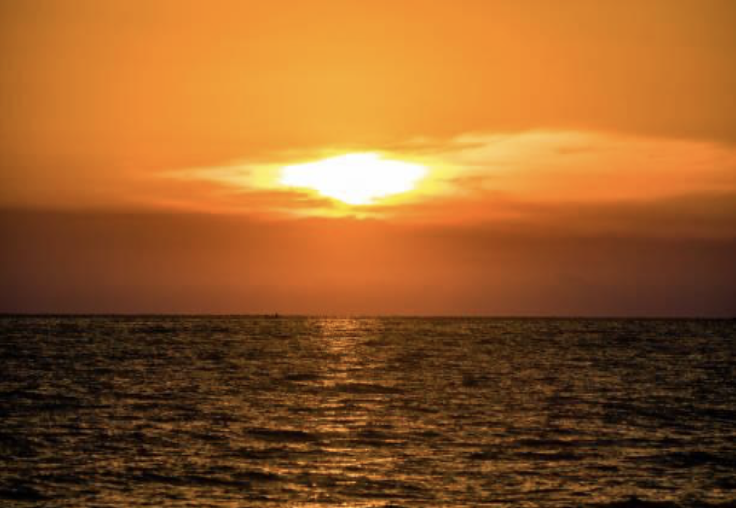
Photo 2. Sunset in Providencia. Source: Sunset Caribbean - Stock Photo
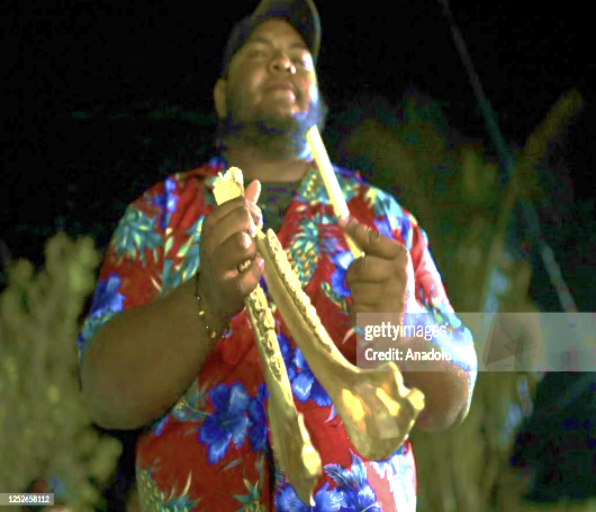
Foto 3. Raizal de Providencia. See source here
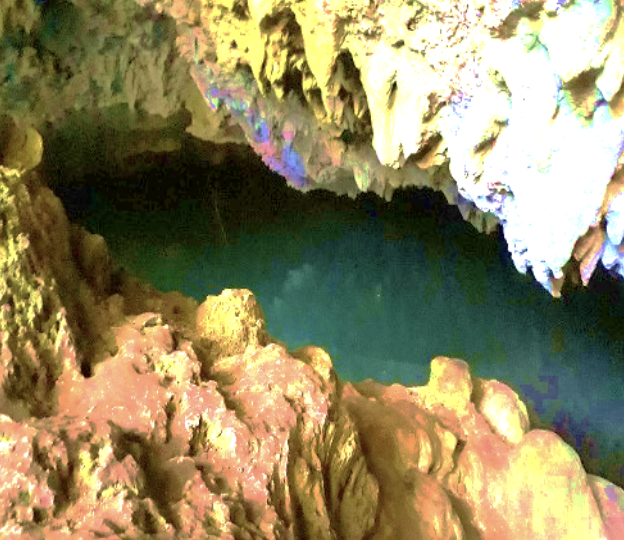
Photo 4. Pirate Morgan's Cave. See source here

Photo 5. San Andrés Islands Aquarium. See source here
Barrier Reef on Providencia Island
Corals, those living beings that simulate rocks, grow for dozens of kilometers, configuring a landscape of extraordinary beauty in Providencia. This barrier reef is part of the Seaflower Biosphere Natural Reserve, a well-deserved and melodious name awarded by UNESCO more than a decade ago. The coral reef is home to a large number of species and is an ecosystem so complex that it is often compared to tropical humid forests: a jungle of infinite proportions and colors under the sea.
Divers from all over the planet, novices and experts alike, enjoy the coral reef for its proximity to the coast, transparency of the water, temperature, currents and, of course, the incredible biodiversity housed there that covers several kilometers in length. "Among the slopes, terraces and steps, massive stony corals, branched corals and mixed corals grow such as Montastraea spp, Diploria spp, Siderastrea siderea, Porites porites, Acropora cervicornis, Montastrea franksi, among many others."
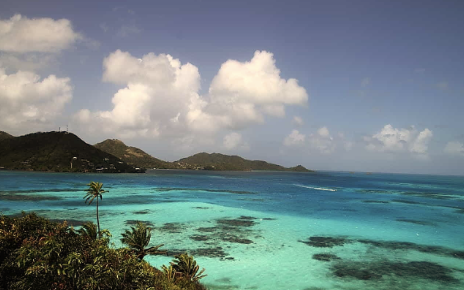
Photo 6. Providencia coral barriers. See source here



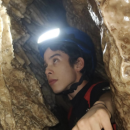

LEAVE A COMMENT: